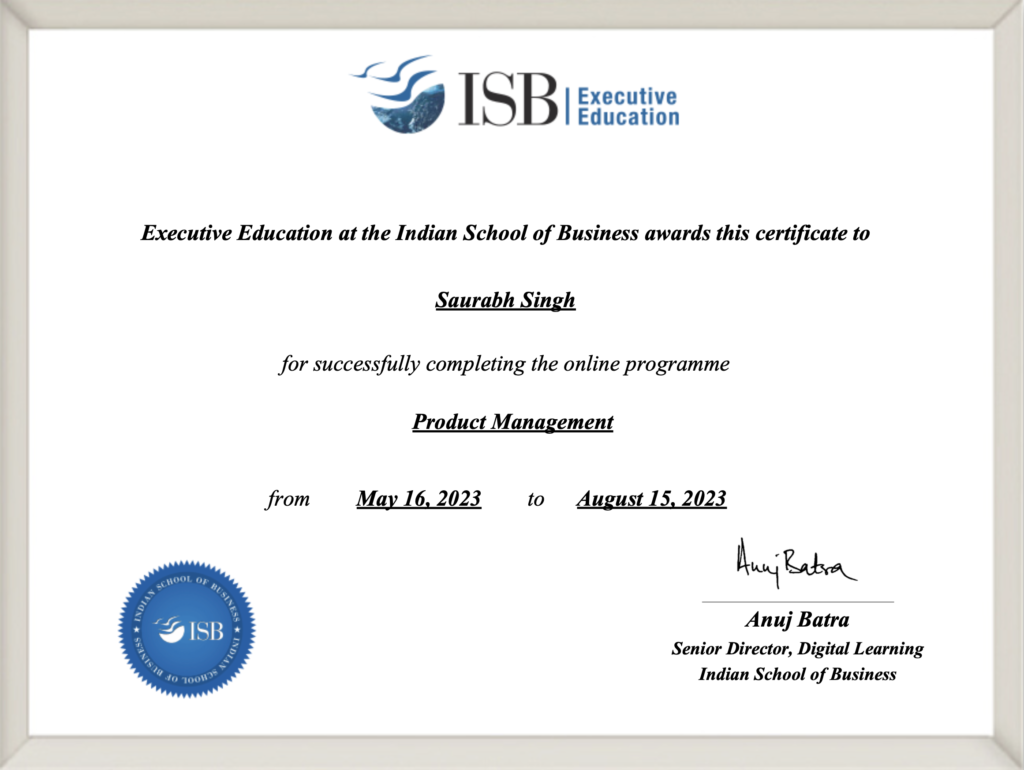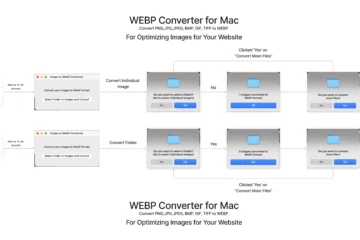Post Views: 2,660
Product Management Notes Index
01 - New Product Development
02 - Product Development Process
03 – Market Segmentation and User Persona
04 - Product Positioning
05 - Growth Hacking, A/B and A/A testing, and MVP
06 - Concept Development and Testing
07 - Understanding Consumer Preferences
08 - Product Solution Design
09 - Pricing Strategy and Van Westendorp Price Sensitivity Analysis
10 - Product Positioning and Branding
11 - Managing Distribution and Pricing
12 - Managing Product Performance and Metrics
Summary of Product Management Notes
- Focus on the Value of the Product, not cost
- Factors affecting value: Quality of Product, Support Services, and Perceived Features
- Segmentation, Differentiation, and Positioning: Different from a competitor, serve the market better than the competitor, better features
- Intangibles differentiate the product (75% while tangible is 25%)): Brand attachment, Customer engagement, supply chain, human capital who serve the customers, IP of the product.
- Value Migration →Initital phase: R&D, Design, Core Parts. Later Stage → Brand and Service, Customer Solutions
- Market development is also important: Initial phase is product development and the later stage is market development
- Defining the scope of the product (book on Kindle can also be read on mobile)
- Design thinking → starting from the customer, develop the market
- Management issues change with the product life cycle
- The role of design thinking in building an effective product portfolio.
- The importance of understanding customer needs in an efficient/effective product development process.
- How customer value dimensions positively influence the final product portfolio.
- Understand the role of marketing in the product development process, understand the concept of customer value, and the crucial role it plays in developing superior solutions.
- Create superior value for customers.
- Understand markets and define them.
- Explain market segmentation and targeting.
- Describe a customer or user persona.
- Define and illustrate the customer journey.
- The importance of product positioning strategy in new product success.
- How to conduct a competitive analysis to know about the products within the same category.
- The different types of position strategies and how to manage a crisis that can impact the position of your product.
- Disruptive positioning strategies for market advantage.
- Managing a product’s position in the digital world.
- The challenges when introducing radical innovations to consumer markets.
- Distinguish products, the commonly considered types of new products and the factors impacting their success and failure.
- The implications of the context of a new product development process or NPD process on its applications.
- How to make decisions about how fast or slow the NPD process should be in any given context.
- How during the NPD process, a company uses marketing research to obtain information from potential consumers to improve a product concept.
- The framework of opportunity cost and development risk.
- Understand what information is needed from potential consumers, the means to get the same, and when you can go to market with a minimum viable product or MVP, given the context of your NPD process.
- Causality, reasons for conducting experiments, and issues of validity in the experiments.
- A/B and A/A testing and growth hacking.
- The importance of the concept testing process during a new product launch.
- The different types of concept tests and how to conduct the most common type of concept test.
- The Long Tail Effect: How digital technologies are changing new product development.
- Understand potential and forecast.
- Estimate the market potential and forecast sales.
- Apply metrics to evaluate model forecasts and compare models.
- Analyse strategies and frameworks for developing and marketing a new product.
- Evaluate product road-mapping and prototyping decisions using various product management techniques and practices.
- Identify the most important attributes/features in the product/services through the explicit response methods.
- Determine the priority features for product design to satisfy customer needs by using the Kano Model.
- Discover the consumers’s latent needs through the factor analysis method.
- Understand conjoint analysis.
- Predict market shares for a new product.
- Estimate the market share of a product using the market simulator.
- Design a product by choosing the best attributes.
- Common pricing approaches.
- Determine product price by using the Van Westendorp Price Sensitivity Meter.
- Implement the concept of strategic pricing to maximize the profitability.
- Innovate beyond the product.
- Balance brand positioning, pricing and distribution.
- Build differentiated brands in sectors like FMCG markets, fintech services and consumer durables.
- Understand the role of marketing and brand strategy in enhancing brand equity
- How to manage product launches.
- Importance of managing price competitions.
- How to manage distributors.
- How to integrate pricing and distribution strategies.
- Measure the value created by marketing activities.
- Understand the limitations of short-term efficiency metrics.
- ROMI, EVA and NPV.
- Manage B2B customer and distribution relationships.
- Measure and manage growth and resilience via platforms.
- Understand the value of product-centric and customer-centric brand platforms.
- Develop business models by integrating value creation and appropriation processes.
[random_post_button]
Note: These are notes from the ISB Executive Education – Product Management program for my personal consumption.
In case you are looking for a Product Management course, I would highly recommend joining this cohort-based course.
PS: You can connect with me for review or referral discount (link for referral discount)



